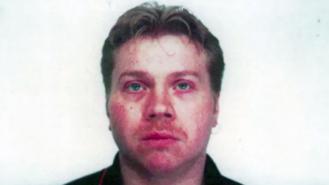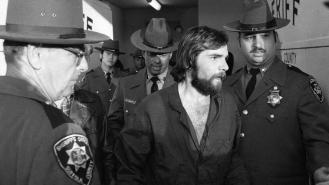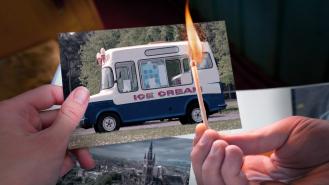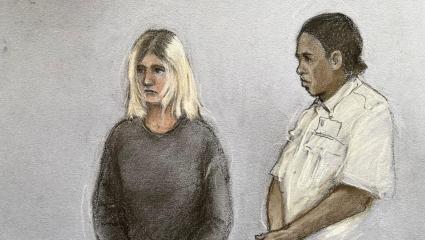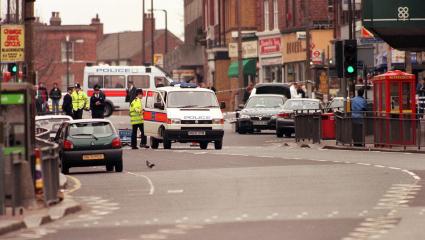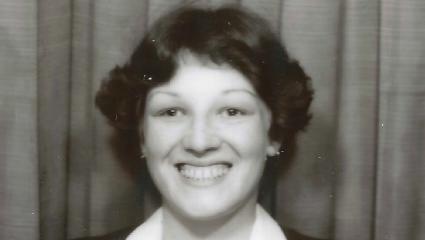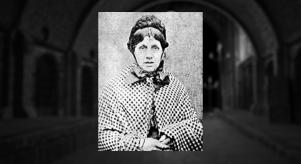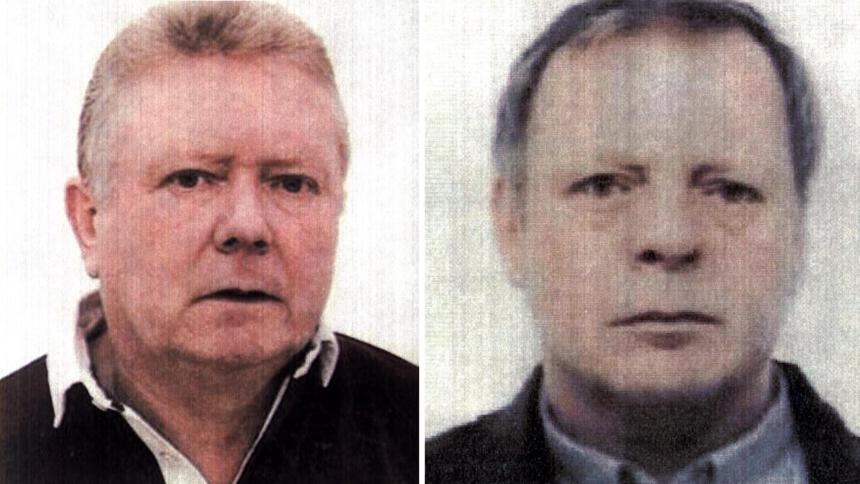
The Chohan family: Innocent victims of organised crime
On a January morning in 2003, the city of Southampton woke up to a mystery. Successful businessman Amarjit Chohan, along with his entire family, had vanished. What started as an unexplained absence quickly spiralled into a tale of greed, violence and loss.
Almost 20 years later, the Chohan family murders remain one of Britain’s most disturbing criminal cases.
A visionary businessman with everything to lose
Born in India, Amarjit Chohan was a self-made man who had built a comfortable life in Britain as the owner of a thriving fruit and vegetable import business, CIBA Freight. From their home in Heston, West London, he and his wife Nancy raised their two young sons, Ravinder and Devinder. Nancy’s mother, Charanjit Kaur, completed their close-knit household. To outsiders, the Chohans seemed to have it all.
But Amarjit's business success had attracted the attention of two men: Kenneth Regan, a former drug dealer turned aspiring businessman, and his accomplice William Horncy. Regan, who had served prison time for drug trafficking, was determined to seize control of CIBA Freight to use the company as a front for smuggling. His plan? Not just take over the company but eliminate Amarjit and his family entirely.
The disappearance
The Chohan family vanished in late January 2003, leaving friends and business associates baffled. Initially, it seemed as though they had simply gone on a trip. But as days turned to weeks with no word, concern grew.
Unbeknownst to investigators, Regan and Horncy had already set their plan in motion. They lured Amarjit to a meeting under the pretence of discussing business. Instead, they overpowered him and forced him to sign documents transferring control of his company to Regan. Once their objectives were achieved, they killed him.
But Regan and Horncy knew that leaving the rest of Amarjit's family alive was a risk. Nancy, her two young sons and her mother, Charanjit, were abducted shortly after Amarjit's murder. Their fates remain one of the case’s most harrowing elements. While Nancy’s body was eventually recovered, those of her sons and mother were never found. The killers likely disposed of them at sea, ensuring they would never face justice for the full extent of their crimes.
The breakthrough
The case might have remained a mystery if not for the discovery of Amarjit Chohan’s body in the waters off the Dorset coast two months later. The condition of the remains pointed to foul play, and investigators quickly connected the case to Regan and Horncy.
Further evidence came when Regan’s associates tipped off the police about his suspicious behaviour. Witness testimony and forensic analysis painted a damning picture: Regan and Horncy had forged documents, used Amarjit's identity to maintain the illusion of business continuity and lied to his employees and friends to buy time.
When Nancy’s body was discovered in the water weeks later, along with clear signs of violence and foul play, the full horror of the crime became clear.
A complex case unfolds
The trial was held in 2005 at the Old Bailey, the iconic criminal court where child murderer Ian Huntley was tried. Prosecutors detailed the kidnapping and murder of Amarjit Chohan, followed by the systematic abduction and killing of his family to cover up the crime. The prosecution also presented evidence of forged documents and fraudulent transactions designed to make the takeover of CIBA Freight appear legitimate.
The defence attempted to deflect blame, but the weight of the evidence was overwhelming. Kenneth Regan and William Horncy were convicted of the murders and sentenced to life imprisonment.
Unanswered questions
Despite the convictions, the case remains incomplete. While the bodies of Amarjit and Nancy Chohan were recovered, the remains of their two young sons, Ravinder and Devinder, and Nancy’s mother, Charanjit Kaur, were never found. Investigators believe their bodies were likely thrown into the English Channel, a tactic also used by killers like Albert Johnson Walker.
This unresolved element casts a shadow over the case, leaving the Chohan family’s friends and surviving relatives without full closure.
A legacy of loss and resilience
The Chohan family murders are shocking but as always, there are lessons to be learned from such a heartbreaking case. The persistence of investigators, the courage of witnesses and the eventual justice served to the killers remind us that even in the face of darkness, light can prevail.
